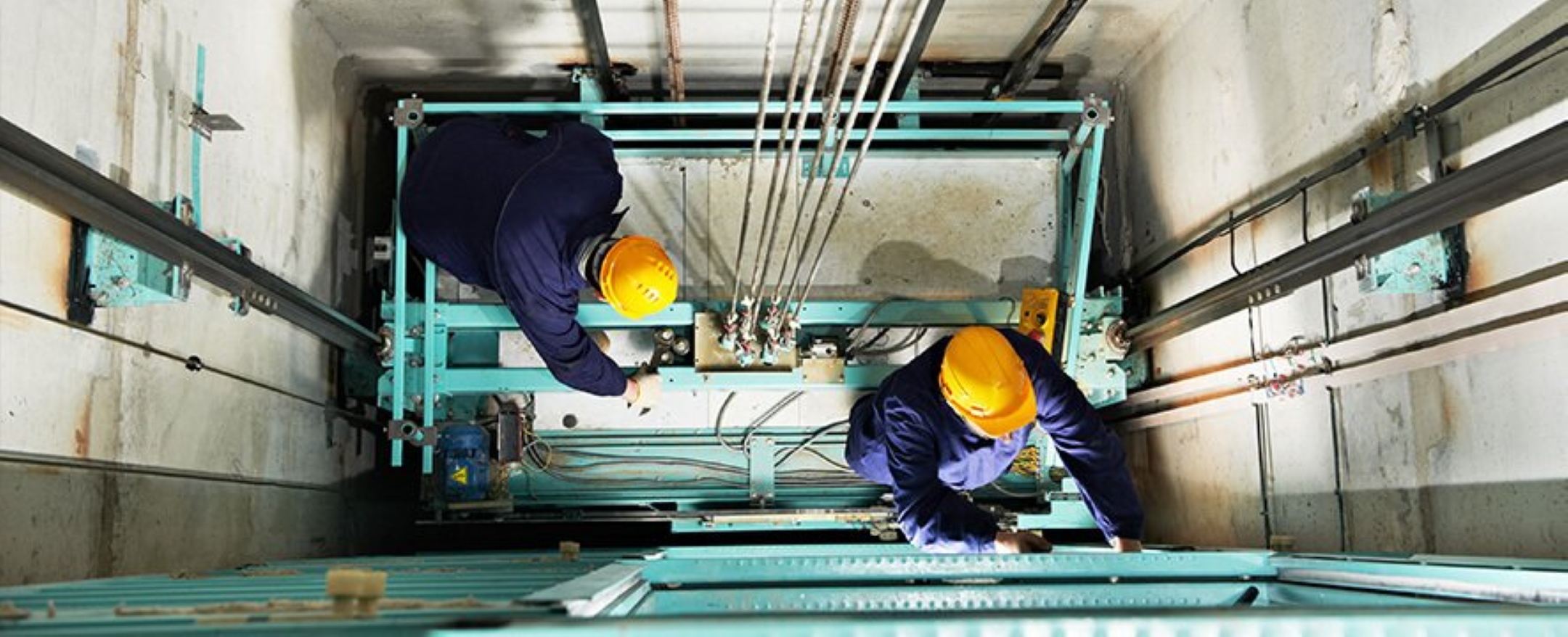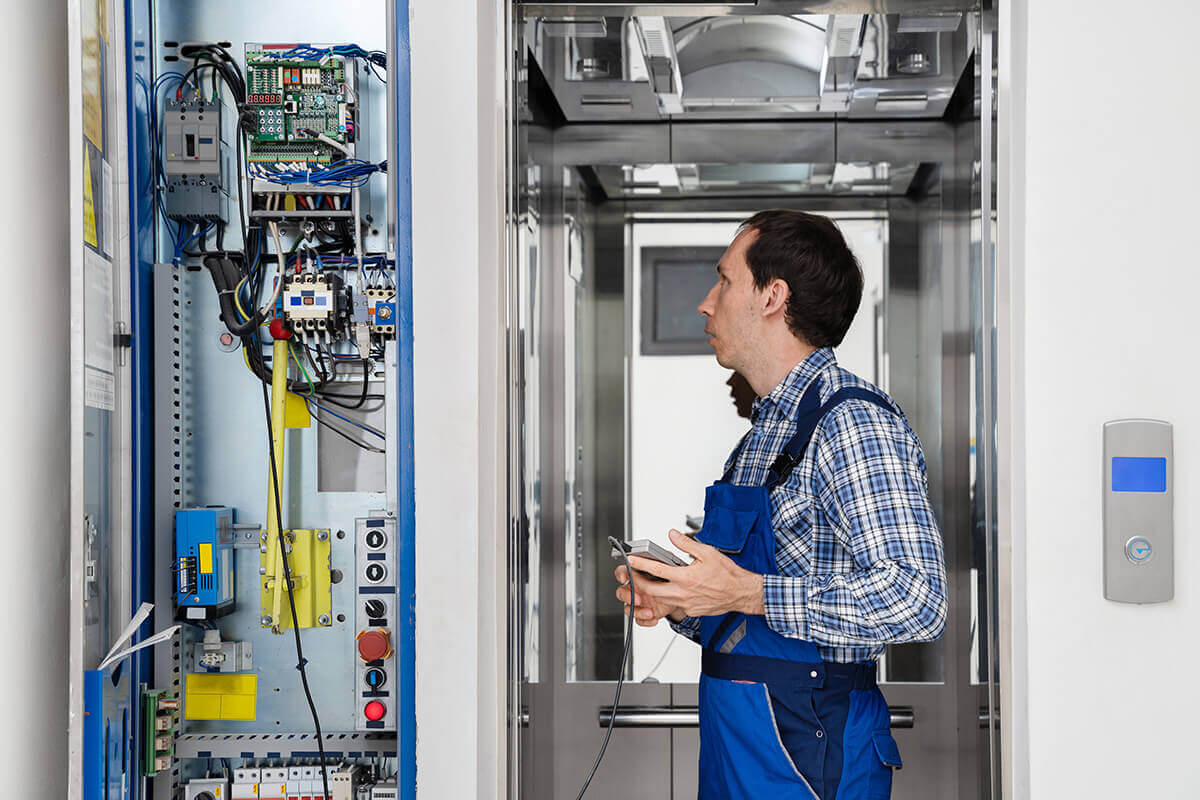Trustworthy Disabled Platform Lift-- Safe and Available Solutions for All Demands
Trustworthy Disabled Platform Lift-- Safe and Available Solutions for All Demands
Blog Article
Repairing Tips for Common Issues With Handicapped Platform Lifts
When it concerns guaranteeing the smooth operation of impaired system lifts, coming across common concerns can interfere with the performance and ease of access they supply. From power supply problems to control panel breakdowns, these challenges can hinder the lift's efficiency and concession security - elevator maintenance. Recognizing how to troubleshoot these issues effectively is important in maintaining the dependability and efficiency of these important devices. Let's discover some useful suggestions to attend to these typical issues and make sure the correct performance of handicapped system lifts.
Power Supply Issues
When coming across power supply issues with handicapped system lifts, the initial step is to methodically evaluate and repair possible sources of power disruption. Beginning by checking the source of power to guarantee it is firmly connected and working properly. Validate that the power outlet is operational by checking it with an additional tool. If the power source is verified to be working, continue to check the power cable for any kind of signs of damage or wear that might be triggering a disturbance in the power supply.

Control Board Issues
Control board malfunctions on disabled system lifts can considerably restrain their operational efficiency and posture security risks to customers. The control panel acts as the central user interface for operating the lift, permitting users to launch movement, control rate, and manage quits at different levels. When the control board experiences concerns such as unresponsive switches, erratic habits, or display screen malfunctions, it can interrupt the entire lift operation.
One usual problem with control panels is electric faults, which may arise from wiring problems, power rises, or component damage. These mistakes can create the control panel to malfunction or come to be unresponsive, making it challenging for customers to run the lift safely. Furthermore, ecological factors like wetness or severe temperature levels can also affect the control board's performance, resulting in prospective failings.
To deal with control board troubles successfully, routine upkeep checks and assessments are vital. Frequently cleaning up the control board, examining circuitry connections, and ensuring appropriate calibration can help prevent breakdowns and guarantee the lift runs smoothly. In situations of relentless concerns, getting in touch with a certified technician for repairs or replacements is recommended to maintain the lift's functionality and safety for users.

Platform Stuck or Jammed
In scenarios where the handicapped platform lift experiences a system stuck or jammed, prompt attention and correct troubleshooting are important to ensure the lift's capability and user safety and security. When experiencing a system that is stuck or jammed, the very first step is to quit any recurring operation of the lift to stop further damages or safety and security risks. Next off, inspect the location around the system for any blockages that might be causing the jam. It is very important to look for particles, things, or any type of various other items that might be obstructing the smooth movement of the system.
In such instances, it is recommended to get in touch with a certified service technician or the lift supplier for specialist assistance in resolving the problem. Trigger and proper resolution of a stuck or jammed platform is vital to maintain the lift's functional performance and ensure user safety.
Safety Sensor Breakdowns
An important component of impaired platform lifts, security sensing units play a critical function in guaranteeing user defense and lift procedure. Safety sensing unit malfunctions can pose significant dangers to people depending on these lifts for ease of access. When safety and security sensing units malfunction, the lift might not spot barriers or obstructions in its course, potentially bring about mishaps or entrapment. Common indications of safety sensing unit malfunctions include erratic motions, web abrupt stops, or failing to address react to barriers. To address security sensor problems, beginning by examining the sensing units for any physical damages, dust, or misalignment. Tidy sensing units frequently and guarantee they are correctly straightened to function precisely. In addition, check the electrical wiring links and source of power to eliminate any kind of electrical issues influencing sensing unit operation. If fixing the sensing units does not resolve the issue, get in touch with a qualified specialist to carry out a comprehensive maintenance to preserve the lift's security and capability. Regular upkeep and timely resolution of security sensing unit breakdowns are critical for the risk-free procedure of handicapped system lifts.
Uncommon Sounds or Motions
When operating a disabled system lift, listening to any type of unusual sounds or activities is vital for determining potential concerns that might affect its performance and safety and security. Unusual noises, such as grinding, shrilling, or clunking noises, could show issues with the lift's mechanical components, such as damaged equipments, loose screws, or damaged bearings. These concerns, if left unaddressed, might result in breakdowns or perhaps complete failure of the lift.
Likewise, uncommon movements of the system, such as jerking, shaking, or unanticipated stops, need to not be overlooked (disabled platform lift). These activities can be a sign of electrical issues, hydraulic system issues, or irregularities in the lift's programs. Promptly investigating and resolving these unusual activities can avoid accidents and make sure the continued risk-free operation of the platform lift
In case of experiencing unusual noises or motions, it is advisable to discontinue using the lift immediately and contact a certified service technician for maintenance. Normal upkeep and prompt troubleshooting of any type of uncommon signs can help extend the life-span of the impaired system lift why not try here and make certain the safety and security of its customers.
Conclusion
Finally, fixing typical problems with handicapped platform lifts calls for identifying and resolving power supply issues, control board concerns, platform jams, safety sensor breakdowns, and uncommon sounds or movements. By following appropriate upkeep and repairing treatments, users can make sure the risk-free and reliable procedure of platform lifts for individuals with handicaps.
Report this page